>> Narrator: Sunrise… On Wisconsins Rustic Road number three in Saint Croix County. There are many roads that will get you there, few that can take you to this. Wisconsin’s Rustic Roads… It is the only road system of its kind in the country. Over 70 roads that have been set aside set apart because of their natural beauty… Their scenic wonders… Their historic significance. Join us, as we hit the road… Wisconsin’s Rustic Roads.
(car beeps)
On a Sunday afternoon, October 15th, 1995, a crowd gathers on highway 61, in Grant County.
>> Man: On behalf of Liberty Township and The Liberty Town Board, we’d like to welcome everybody. Thank you for coming it’s quite an honor. We’re first in grant County for the Rustic Road…
>> Narrator: They are here to dedicate a road.
>> Man: These back-town roads, no matter where you go each road is unique in its own individual characteristics…
>> Narrator: not a new highway an old road, liberty ridge road a new Rustic Road, Rustic Road number 70. A local resident, Cheryl Budack, postmaster of the town Stitzer was designated ribbon cutter, which befits a Rustic Road for it is local residents folks like these who begin the process to nominate a road as rustic. As befits a Rustic Road, it was a somewhat casual affair the ribbon was cut a total of three times so that everyone could get a shot.
>> Man: Okay, one more time.
(laughter)
>> Man: How much practice do you need?
>> Narrator: And afterwards, everyone drove the road.
(car beeps)
Rustic Roads can be paved, gravel, dirt, or sand. Road sights, not surfaces, are what matter. These roads are a way to preserve Wisconsins lightly traveled County roads for the leisurely enjoyment of bikers… hikers… and motorists. Leisurely enjoyment. The top speed allowed on a Rustic Road is 45 miles per hour.
On these roads, the journey itself is the destination. Smile, Bill.
Over 70 roads that crisscross the state… This is Wisconsins Rustic Roads system; this is what you might see, off and on these roads. Rustic Road 62 in Price County. It passes by Timms Hill County Park, the highest point of land in Wisconsin.
Rustic Road 62 in the rain.
Rustic Road number 47 in Shawano County. It passes by an old stone gas station, a red granite town hall and a stretch of water, called the embarrass river…
Rustic Road number 47 in fall.
Rustic Road number 49 in Sauk County. It’s called Levee Road, for it follows the levy by the Wisconsin river. It passes by flowing water sweeping its way south to the Mississippi. And, in every season, it changes.
Rustic Road number 49 blanketed by snow still full of movement and light.
Roads are meant for motion. But, on Rustic Roads oftentimes, the best thing to do is to stop, and look. To stop and look…
You might say that has been the motto, the manifesto for world traveler and Wisconsin photographer, Bob Rashid, who fell under the spell of Rustic Roads.
>> Rashid: I like the way the light’s going across the snow. And I like those little tracks.
>> Narrator: He found a world of sights to explore on these roads. And, along the way his passion for the Rustic Roads turned into a project– a labor of love.
>> I drive back roads a lot. And I remember, I was going up north and Id come across a couple of these roads. I’d driven down Rustic Roads before and always seemed to come away with a good photograph. So, I just decided that I was going to drive ’em all. I was just going to make that be my project. That I was going to drive ’em all.
>> Narrator: He has shot them all and in all seasons. Rashid began a book of photographs on Wisconsins Rustic Roads a road less traveled. He hit the road in a fashion that suited his philosophy. Get in that car and slow down.
He invited five Wisconsin authors– Ben Logan, Bill Stokes, Jean Feraca, Norbert Blei, and George Vukelich– to explore this state treasure to write about the Rustic Roads. This way back into our past. Wisconsin, as it once was in places like paradise drive… The Road To Cobb Town… And a road called Hunky Dory… Wisconsin, as it once was.
>> Ben Logan: The Rustic Roads assigned to me are cradled in a narrow band that wonders north and south never far from the “west coast of Wisconsin” the Mississippi river, which has always seemed to me to cut our nation into halves the older east and the beckoning west with its lingering promise of the frontier. In the Driftless area, the unglaciated hill country in southwestern Wisconsin the crooked Kickapoo elbows its way to the sand-barred Wisconsin which flows to the mighty Mississippi. I carry that image of rivers with me to each Rustic Road. Rivers and roads have an aura of destiny of diverse people traveling searching for something beyond what they know as though trying to return to a familiar place they have never found.
>> Narrator: Rustic Road number 56 in Vernon County– a classic country road rural, quiet… One of the Rustic Roads in the western part of the state– is assigned to author Ben Logan. Each road has its own story to tell. Of course, the road itself is not the starting point, you are. Rustic Roads are for those willing to transform themselves.
At first, the habit of speed still with us we drive slowly only because these are narrow crooked, up-and-down roads. Soon, if we are lucky, we find ourselves driving slowly even where we could drive much faster. That begins to happen when you join the world you are traveling through turning on your ability to see, hear, smell, touch.
Each Rustic Road takes us to a miniature universe. There are awesome panoramas, yes but more important are the story-telling details. A little hilltop that says stop, come sprawl on your back here and find pictures in the clouds or just look up and look at all the different shades of blue. The careful, soil-saving contours of corn and alfalfa. A single red leaf suspended in the air. Here you can stop and watch it whirl, spiral, tumble, swoop from side-to-side colors changing as it reverses from top to bottom always reminding me of naturalist Hal Borland who told us if we pick up one scarlet leaf we can hold autumn in our hand.
I can only give you such glimpses of what reached out to me along these roads. I cannot say what you will find. Travelers must make each one their own. My first road, Rustic Road 56 near Ontario is stored most firmly in my mind because it taught me how to behave on a Rustic Road. I came from the north, the steep climb leading me to misty views of the Kickapoo valley. Nearby, were sleeping reminders of earlier days a lone-standing silo, a falling tobacco shed a windmill decapitated by the wind a cluster of lilacs that told me where a house must have been.
Then, a working farm, with a fine round barn. John Fish and his stepson, Wayne, rebuilt the barn, an act of love for a building dating back to 1910.
>> Narrator: An act of love that sparked an interest for Gail Fish in saving other round barns, these icons from Wisconsins rural past. So, how many are in Vernon County? There were 16. One fell down over the winter and now there’s 15. So, now’s the time to get the… That’s right, before they’re all gone!
>> Logan: Crossroad signs were a lesson in early history– Norwegian Valley, Irish Ridge, Dutch Hollow. An intersection sign told me to turn both right and left. I turned right and then came back. Because of that, I saw a beaver gnawing on an aspen tree. Detours and getting lost often mean adventure, proving that life is quite accidental, anyway.
I was thinking of Aldo Leopold, the ecological prophet whose life and being were such gifts to us. Passages from his book, A Sand County Almanac, are precious companions for any journey that takes one, as Rustic Roads do across the Wisconsin land.
By land, Leopold said, is meant all things on, over and in the earth. Just as we have tended to see a road simply as something that takes us where we want to go, Leopold believed we’ve seen land as a commodity which we own rather than what it is– a community to which we belong.
>> Narrator: Aldo Leopold and Ben Logan were once walking together down a Wisconsin country road. Together they saw what was then a very rare sight. Three sandhill cranes flew over. And, at that time, they were a really endangered species. And he said, “Take a good look, you may never see another one.” voice. Full of emotion.
>> Narrator: The sandhills were saved. Years later, just off Rustic Road 19 you can see them crowd together in a corn field dancing on a June day. The treasures to be found along Rustic Roads take many forms. some, like the sandhills, graceful and gliding. Some, like this buffalo, not so graceful and stationary.
>> Woman: Hi, Garth! Garth, come up here! Come on, Garth. Oh, Garth, you’re so cute. Here, Garth…
>> Logan: South of La Crosse is a top-of-the-world road– Rustic Road 26– that surprises with its glimpses of the Mississippi River and Mormon Coulee Creek Valley.
Lower down is an old mill, a solid stone building that looks as if it will stand there by the stream forever. It is easy to imagine a creaking waterwheel and horse and oxen-drawn wagons, waiting in line with wheat to be ground into flour. Not far away, a root cellar was long-ago hewn into the stone.
Near it, lives a woman who is proud of that cellar and might be pleased to show it to you.
>> Narrator: She was pleased to show it to us. Oh, yeah, it’s over 100 years old.
>> Narrator: The woman is Lillian Jahnel, who has lived along this Rustic Road all her life. Sure, back then we picked all our stuff. Potatoes, like I said, vegetables, and… How old is the root cellar? There’s a date in there. 1876, July. Somebody put an awful lot of work digging this thing out. All they had was a pickaxe and shovel.
>> Narrator: With a pickaxe and a shovel, as Lillian Jahnel’s brother said, someone spent a lot of time, months probably carving out this root cellar. It was a place to store food stuffs at a cool and constant temperature. Years ago, everyone had a refrigerator like this– walk-in, with 100-year warranty. It still works! How cool do you think it is in here? It goes down to about 40 degrees, I think maybe 35.
>> Logan: Nothing freezes? Nothing freezes, no. It ain’t bad. The potato’s not soft, yet? No, they stay hard… Yeah, I guess so. They stay hard; they don’t get soft in here. You know your potato’s always fresh you never have to worry about a wilted potato to peel. And, you know how they peel!
>> Logan: Near Maiden Rock, Rustic Road 51 startled me with its feel of isolation and the past. The rock that gives the town its name rises sheer above the river. An Indian maiden, being forced to marry a man she did not love is said to have leaped to her death from the high bluff.
Whether it is history or a romantic legend does not seem to matter. The story lives. I began all this by telling myself to avoid thoughts of destination and just celebrate the journey. On these Rustic Roads, our destination is ourselves.
>> Narrator: Rustic Road number 19. The walker is writer Bill Stokes, who has ambled along many of the Rustic Roads of southern Wisconsin. I think, maybe, one of the reasons that I like them so much is that I sort of grew up on one and I walked back and forth to a country school on a Rustic Road. And, once I get on this kind of a place Im taken back to those wonderful childhood days.
>> Narrator: These Rustic Roads remind us of another time… A certain place in our past.
>> Stokes: Old roads gossip. They pass along secrets about where lovers park which settlers sleep the long sleep in country churchyards and who lives on the homesteads now. Their spectral voices rise like family whispers hushed and confidential. The traveler who pauses to listen is caught up in the sweet harmony of nature and time.
>> Narrator: The sweet harmony of nature and time. The slow push of the glaciers creating kettles and moraines smoothing over mountains, leaving masses of rock from which new mountains are formed. Cleaving out rivers shaping the landscape nature carving and reclaiming in each season, adding, and retreating.
>> Stokes: On a Rustic Road just south of Madison, there is an old field that had reverted to big bluestem a tall, delicate, native grass that once covered vast prairies. No matter the season the wind speaks exquisitely there of time and cycles.
>> Narrator: Time and cycles. Change is the constant, here. Buildings from before the time of the civil war take the place of deer trails on the prairie. Farms and western settlement bring cattle paths to walk the animals to water. Replacement and renewal. Horse trails give way to highways.
>> Stokes: The system of agriculture is what really built the Rustic Roads. They were servicing small farms, the small family farms and all that is changing very rapidly.
>> Narrator: Here is the texture of time passing…
(rooster crows)
of changes, seasons, and survival. I read something just recently probably, by jerry apps, about the barns are gone and going.
>> Narrator: Here, they hang on… The red barns blue barns old barns round barns. They tell a story that still continues. A story that can be read from the road.
>> Stokes: If you spend some time on ’em you can hear some of these voices and some of the things that just kind of soak into the road and are there, until we decide in our wisdom to take the curves out of ’em and do bad things to ’em.
>> Narrator: Rustic Roads retain their curves. They are not, generally the shortest distance between two points. They were built for comfort, not speed. They follow a different path.
>> Stokes: They’re man-made but they’re spin-offs of natural things. They tend to follow the hills and the valleys. They’re not dictated by the need for high speed and tremendous safety considerations.
>> Narrator: This is not a place of speed and straight lines. This is a place to get to, not through. That’s true. You can’t drive a Rustic Road without stopping. You have to stop; that’s what they’re for.
>> Narrator: You have to stop… You have to slow down… To see… Or you might miss. This…
>> Jean Feraca: It is quiet in the wild heart of Wisconsin. The wind rises and falls in the aspens and pines of the great marsh. It is so quiet, you can sometimes hear a leaf fall. People who live here say it is like an empty canvas, clean and white. Sounds enter one at a time, laid down like paint.
>> Narrator: The Wild Heart of Wisconsin. Author Jean Feraca, writing about Wisconsins great marsh and a road that runs through it– Cottonville Avenue, Rustic Road number 50. It’s also called the Old State Road.
Laid out by the state in the 1800s, the road is still unpaved. It’s a simple, sand road that runs through a marsh the great marsh. What part of the great marsh are we in? We’re in one little branch, one tiny corner. Got it!
>> Narrator: It is a landscape that Feraca came to appreciate through the lessons of her friend, Michael Goc who homesteaded here over 20 years ago. He has been her guide, a kind of “marsh mentor”.
>> I should have brought my boots. Well, it’s dry.
>> He has grown to love this landscape and has passed along that regard to Feraca as part of their friendship. So, when Feraca was asked to write about Rustic Roads she chose number 50, the Old Marsh Road to let other travelers in on this secret the mysteries of this often-maligned little understood landscape Wisconsins great marsh.
>> Lesson number one: Listen. The first thing I noticed was how beautiful the sound was. Hear it? It’s just beautiful. It’s so quieting. It brings with it this wonderful sense of calm. It’s always here; it’s very abiding. And, I loved that, right away. So, then of course, I said, what is the sound? Where does it come from? Why does it have this quality? You know, one question leads to another.
>> Goc: Jack pine wind, that’s what it is. Jack pine wind. It’s a sound that is peculiar to the marsh. Because jack pines and marsh grow together and go together. They’re both tough, scrawny, unpopular creations.
>> Narrator: Unpopular, perhaps but very special to those who listen who choose to see.
>> Feraca: It is all electric and singing, this body of light and air and grass and water that sways before us. We are walking on water. Is it wet? No! We’re never very far away from the water. I think if we had a shovel and we did one shovel full, we’d have a puddle.
>> Feraca: The very logs are soft as sponges and covered with electric-green mosses. Everything is breathing and making a loose weave of wind and water. Here is communion and community. No wonder Whitman called his great paean to democracy leaves of grass. Where do we find egalitarianism in its original form if not here in the grasses of the marsh? You can’t help but be affected by it.
Of course, there’s some times of the year where you couldn’t do that, you’d fall in. That’s part of the lesson, is to watch where you’re going. Pick your steps with care. It’s a great teacher. You see, it’s very much like a prairie.
>> Goc: It’s a wet meadow. And Leopold, of course, tells the story about how farmers used to burn this every year in order to rejuvenate it to make better grass, better hay. He calls those the “arcadian days” when farmers and cranes could live together on the marsh prior to what he also called the “drainage drain” at the turn of the century.
>> Feraca: The marsh has been raped so many times stripped, gouged, drained, and burned. Inevitably, futile to make it serve. But nothing works. Its very uselessness protects it. There it squats in the middle of the best dairy land in the upper Midwest a foul hag, wrapped in a greasy shawl who chooses to reveal her glories to only a select few.
>> Goc: Blue Jays!
>> Narrator: It starts with the road, of course. All journeys start with the road. But it is off the road, into the heart of the matter on this road, the great marsh, where the lessons are revealed.
Most of us, as we drive along in a car and see this, would say, Im not going to walk there it’s flooded, buggy, dirty, mucky. But look at the experience. How would we hear the crackle of this dry moss, the bend in this the grass, and watch the wind blow if we didn’t get out of the car– didn’t look at it closely?
>> Narrator: A closer look. It’s possible to speed past a Rustic Road. Look what you’d miss…
>> Narrator: miles away from the great marsh is another part of Wisconsin that’s shaped by water the Door County Peninsula. Here, at the end of a gravel road that leads off from the end of a Rustic Road is one of its many wonderful, windswept parts the Tofts Point natural landmark. For me, the Rustic Road begins where the real one ends. One can walk through here and then come out on this.
>> Narrator: Author, Norbert Blei, has made his home here in Door County for the last 25 years. He has made his home off of a little country road and he writes in a renovated chicken coop. He writes about Door County and changes in the Peninsula.
For Blei, the Rustic Roads are a sometimes-bittersweet remembrance of what once was.
>> Blei: What they all have in common is a call to the rural a true sense of the Wisconsin landscape leading us into its very heart– what was, what still is and, in some cases, what might have been. What we may be losing before our very eyes whether it’s officially declared rustic or not. I speak of Wisconsins green and gold fields maple and pine woods, gentle hills red-barned farms and the solace of water which gives any road another incomparable spiritual dimension.
>> Narrator: The solace of water… Of light, and sky… And motion. The special sights and insights that can be found on the road– on a journey.
>> Blei: Silence becomes prayer. Stories make their way. I am both “lost” and on the road again on another journey. Not unlike black elk’s red road “the sacred road,” where harmony is restored.
>> Narrator: Blei has been a frequent traveler over the years but Wisconsin is home. He remains rooted to this land. He owns the details that are revealed to the long-time resident sights that are sharpened by repetition and time. I depend a lot on these roads, rustic and otherwise– back roads, roads that I don’t even want to tell you about you know, that I can find that I would love to go to at this moment at this time, in this kind of light because of finding a sense of solace and movement.
>> Narrator: What you will find, what you come to know those special gifts that accrue over seasons, over years.
>> Blei: To know a road, intimately, I think is to know it for years and to know it through all seasons and probably, to drive it, to experience it in other forms. But, really to walk it, to know it that well. So much so, that one can even remember the angle of the sun at a certain time of day. You want to go to that road at this hour because you know how beautiful it is– in all seasons, too.
>> Blei: At present, I find myself stranded on a road with mixed feelings. I’m grateful that such a program of road preservation exists in Wisconsin yet Im concerned about Rustic Roads that lose their character over time because of the inroads of man.
(dogs barking)
The Rustic Roads program may carry the seeds of its own destruction in its very celebration of that which we preserve. It encourages more traffic. How to preserve? How to share?
>> Narrator: How to share… How to save these roads as rustic… A treasure that is sometimes only seen in retrospect. I spent a few summers in my boyhood in Michigan. My grandmother had a farm out there. And, all of that comes back to me when I see these roads here, I think again of that and I think of a boyhood, where I was alone or just exploring the roads like this.
They were all around; none of them were developed. You found favorite spots. If you happened to be walking a road and suddenly, it went alongside a creek I mean, that was a marvelous discovery, a miracle in itself. All those things stay with you. It’s important for kids to have that experience, too I think, for young people, to know these places.
>> Blei: In the end, we are all left with those roads real or remembered, that carry us home– back to the true nature of ourselves. Roads perhaps public but essentially private like Kewaunee County’s Rustic Road 7 which leads inevitably to the solitary quest of self-discovery. Here is one of the few partially gravel roads so reminiscent of the past.
Find yourself on this road and you’re on your way. A road of old pine, thistle, farms, a fieldstone barn, and a small bridge crossing a creek. Cottonwood trees. A flour mill. A sawmill. Wild apple, wild grape, wild aster. Wild and real and old Wisconsin. A road that transports but also lifts us beyond the surfaces to places almost ethereal. This is the road we are always searching for, the one leading us into and beyond ourselves. Thank God, it’s spring. Time to break out the daredevils…
>> Man: We ended up with seven northerns…
>> George Vukelich: If you just took all the roads up here that in my view, are rustic. no people– people, possibly, with the ghosts of the past the old loggers, the old Indians, the old resort people the old hunters and fishers, you could fill a book.
>> Narrator: Author George Vukelich filled many a book writing about Wisconsins natural world he made his home in Madison but the north woods, Wisconsins great north woods always held a special place in his heart.
I view a Rustic Road as I view a remnant prairie a little souvenir, a little scrap of what used to be. This little road, here, 60, is a scrap of what used to be– what the whole state used to be at one time. It can’t be anymore.
They are pieces of our past, these roads reminders, a way to remember landscapes like the storied Northwoods, this place of escape and enchantment… Of retreat and renewal.
Edith Fredrickson has lived here in Star Lake in the northwoods all her life. On a cool day, in the fall of 1994 Vukelich came to visit.
>> Fredrickson: That’s walleye bait. This is just a little bay you’ve got to go out over there to get out on the big lake. Uh-huh. Good muskie fishing here? Yeah. Bass? Mm-hmm, we have most everything muskies and northerns and bass and panfish.
>> Narrator: They have most everything for fishing at Fredricksons as they have for the past 60 years. My father got it in ’35 and then he worked it as long as he could and then mother. And I came down here in ’54.
>> Narrator: She and her sister have run the place since 1954 a fixed point all those years for the fishermen and women and tourists who make up her trade. There’s so many people come back and say, “Oh, you’re still here.” And we miss ’em.
>> Narrator: It’s a two-way street visitors come back. They even send drawings and paintings, reminders of good times. Are you in the picture? Yeah. Where are you? With the red on there. And that’s my sister in the doorway, there.
>> Narrator: Fredrickson can paint a picture of the times when all the roads up here were rustic.
>> Fredrickson: It’s a lot different than the old days.
>> Vukelich: How was the road in the old days? Well, the roads weren’t like this, all blacktopped. They were just old sand roads, just narrow roads so a car can get through.
>> Narrator: She can paint a picture of the logging days, the times when railroads, not roads, were the principal means of transportation of escape during a forest fire. That was years and years ago when the mill town was here. They had trains hooked up ready to take people out one time, when the forest fires were bad. They saved the town.
>> Vukelich: What would you like to happen to this place when you don’t run it anymore? Well, I don’t know what will happen to it. There’s none of our family, you know, to take over. It’ll probably be just sold, and the end of it.
>> Narrator: The end of it… Seasons turning, time passing…
>> Vukelich: In the woods, here you’ll find, perhaps an old axe perhaps old bones perhaps an old bucksaw and always, in this country, because it is remnant we will find tree stumps where loggers, obviously, would come through and just cut these old giants leaving the stumps, but leaving markers leaving, if you will, a remnant a remnant of a past. Some people will come to it on wheels, be disappointed. Hey, just another road, trees.
There’s no McDonalds, nothing to do. There’s no casino. And they may not come that way again.
Other people will sense there is something here. Maybe, they will park their cars, shut off the engine and walk a block or two, maybe a mile. Maybe they’ll walk off the roadway into the woods and within 40 yards of the road be in not only another place, but another.
Time. You spend enough time in the woods and it’ll grow on you. At first, your frightened, if you’re alone. And then, eventually, you treasure that feeling because it’s like being alone in a church. You’re very aware, that there is something here bigger than all of us.
>> Narrator: This would be Vukelich’s last fall in the north woods. Winter came and spring, and the following summer George Vukelich died on the eve of his birthday. He was 68 years old.
>> Vukelich: you often hear people say, “oh, my god, he’s going to die.” the father, the grandfather, who is close to dying– “my god, he’s going to die.” what they don’t tell you is that we are. All going to die. Most of us shut that out. It’s too painful to think about. It’s negative; it’s all that stuff. So, we busy ourselves to keep our minds off what we really should be thinking about. We should be thinking about why we’re here… Why others were here… What this Rustic Road means… What these remnants mean. We should be thinking about things, I think that are bigger than anything we have ever thought about.
>> Narrator: Vukelich’s writings about Wisconsins Rustic Roads were among his last published works– words and thoughts about roads and how to live that he summed-up one cool day in fall. Park the car, walk, listen. Listen– listen to that wind. Think about this place eight weeks from now. I think that’d get you started.
>> Narrator: Where the road will take you… Through the seasons… Over time. If you’re looking for something more than simply the shortest distance between two points something…. That can only be found when you slow down and look around.
Try a Rustic Road, Wisconsins Rustic Roads.
Search Episodes
Related Stories from PBS Wisconsin's Blog

Donate to sign up. Activate and sign in to Passport. It's that easy to help PBS Wisconsin serve your community through media that educates, inspires, and entertains.
Make your membership gift today
Only for new users: Activate Passport using your code or email address
Already a member?
Look up my account
Need some help? Go to FAQ or visit PBS Passport Help
Need help accessing PBS Wisconsin anywhere?

Online Access | Platform & Device Access | Cable or Satellite Access | Over-The-Air Access
Visit Access Guide
Need help accessing PBS Wisconsin anywhere?

Visit Our
Live TV Access Guide
Online AccessPlatform & Device Access
Cable or Satellite Access
Over-The-Air Access
Visit Access Guide
 Passport
Passport
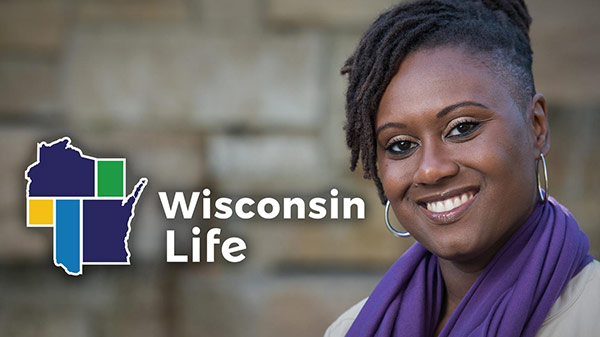
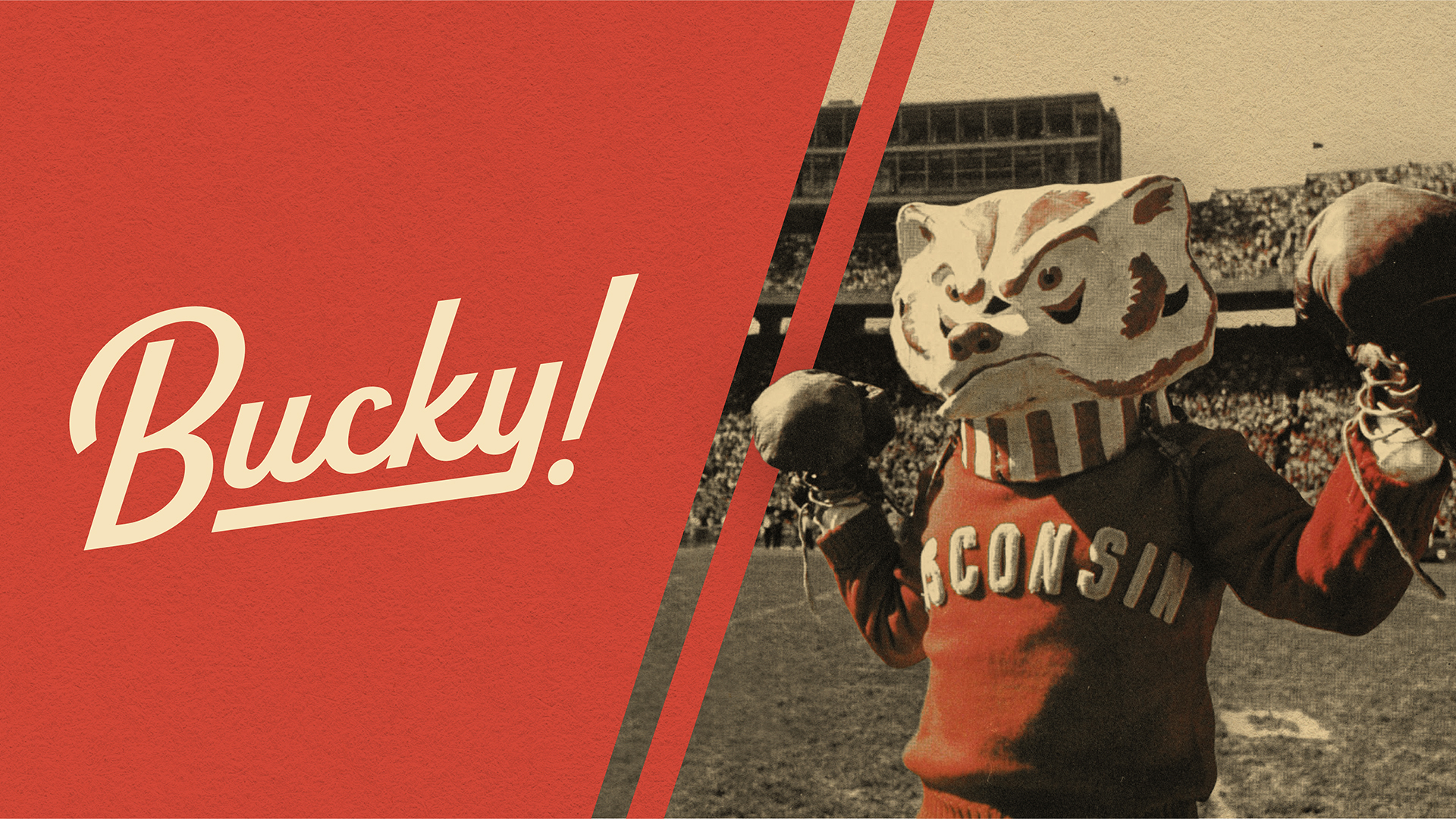
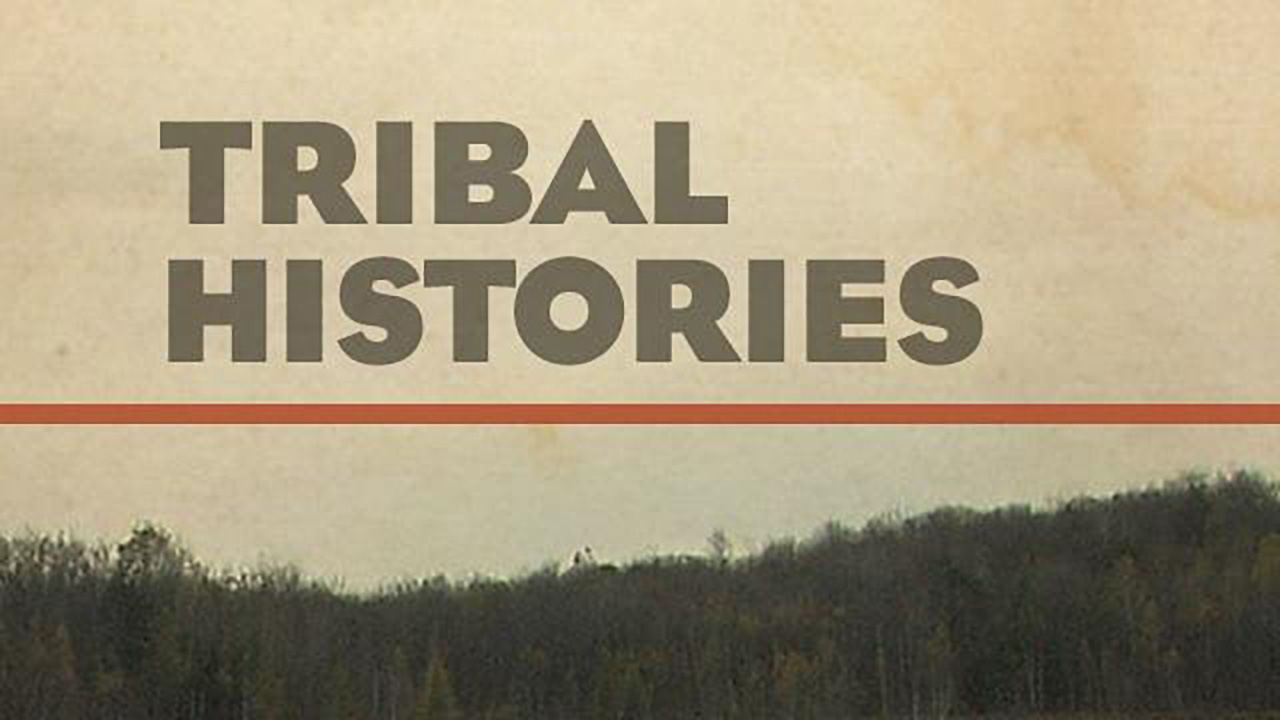
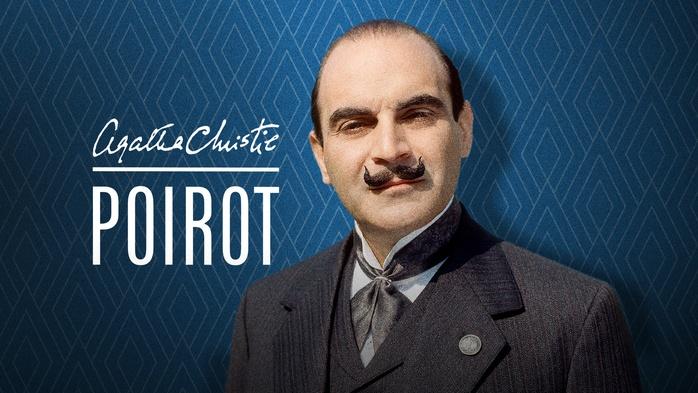

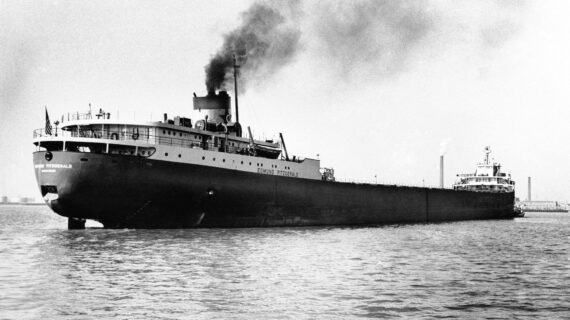

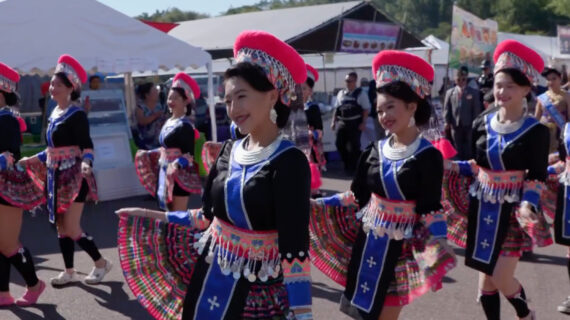
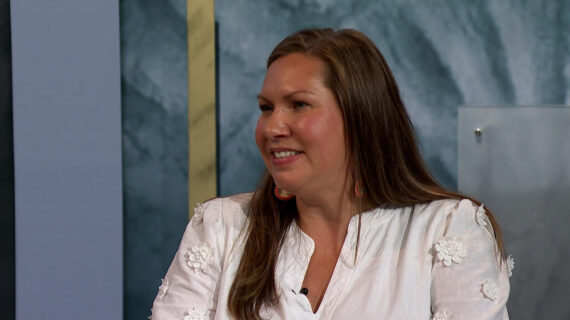
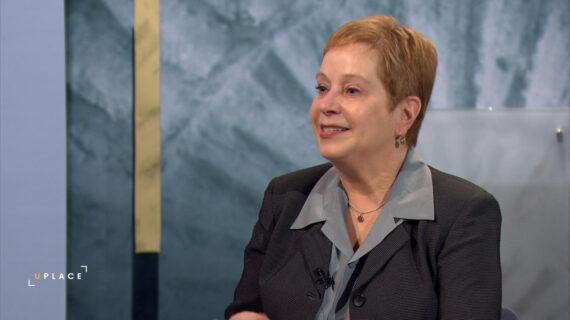

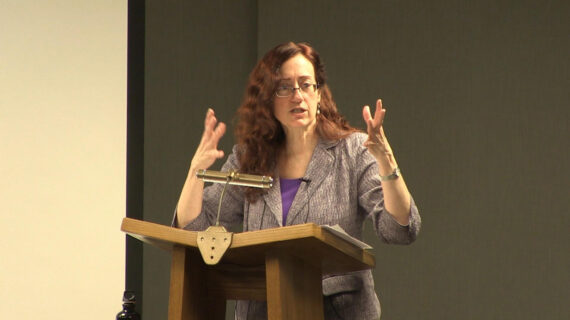
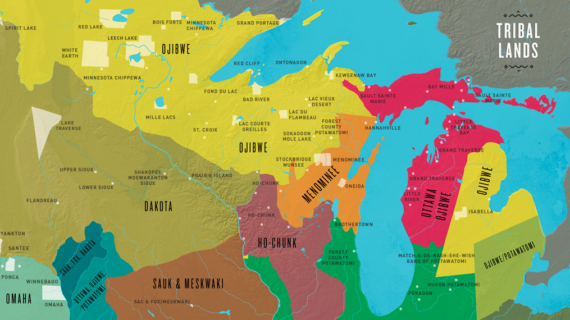
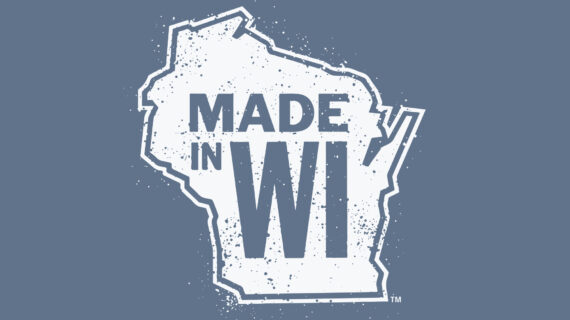
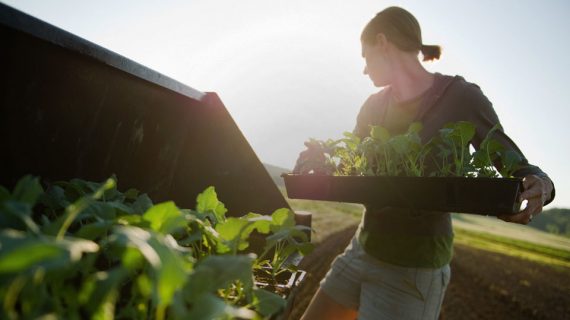
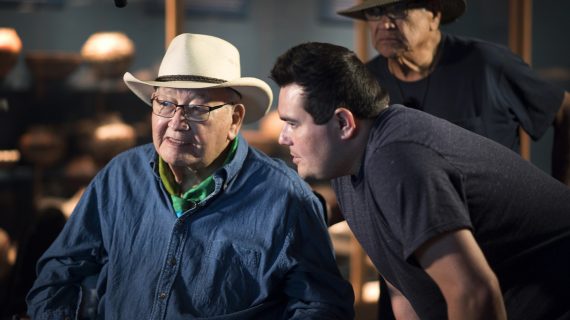


Follow Us